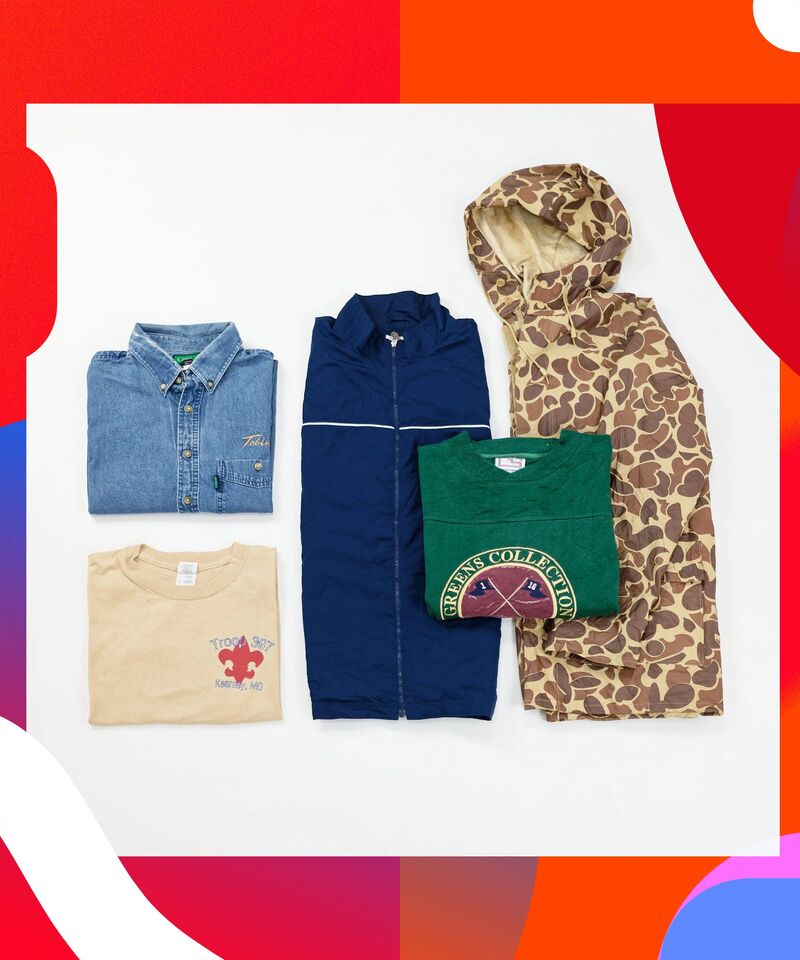Topper Luciani recognizes the role of the fashion industry in our ever-growing environmental crisis.
All throughout the year, different trendsetters initiate the newest trend. This sparks the chain of suppliers and manufacturers to churn out and mass-produce the new “in” for ever-growing demand. For some time, consumers will gladly devour this newest trend until the day that trendsetters introduce the newest “in”. Once that happens, demand for them grows, suppliers and manufacturers mass-produce the new “in”, and consumers leave their weeks-old “outdated” barely touched or unused clothing gathering dust in their closets until they are eventually thrown away. These clothes reach the waste streams then end up in landfills along with the rest of our garbage.
Knowing this vicious cycle is what gave Luciani, a promoter of vintage fashion, the idea to start Goodfair, a now growing Houston-based online retailer of upcycled and recycled clothing, but done with a twist.
The twist is called the “Mystery Shopping” method. This is how it works: instead of purchasing one piece of clothing, shoppers buy “bundles” like the “Seasons Bundle” and the “Save the Earth Bundle”. Every bundle is unique and is curated by Goodfair’s professionals. The “Seasons Bundle” contains a range of seasonal essentials like winter coats and light-weight clothes for spring. The “Save the Earth Bundle” contains articles like flannels, hoodies, printed and tie-dye shirts and, windbreakers. The bundles start at $35.
The beauty of upcycled clothing is that it is both sustainable and fashionable. Luciani knows that fashion trends repeat itself, so what was fashionable back in the ’90s, ’80s or ’70s will eventually make a return. By buying upcycled clothing, we don’t just get era-inspired clothes but genuine vintage articles from that era.
Luciani shares that “mystery shopping” is also being done by other online retailers like Etsy and eBay but still hasn’t reached the mainstream. However, Luciani predicts that sustainable shopping practices will grow alongside the growth of Gen Z’s buying power, which is estimated at $143 billion. Luciani could be right. A study by Forbes in 2019 revealed that 62% of Gen Zers are very aware of the environmental crisis and choose sustainable products over fleeting trends.

